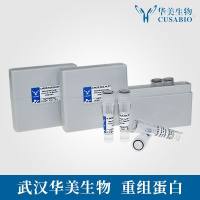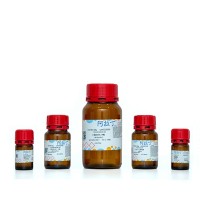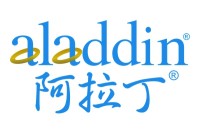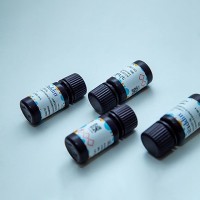Transient Production of Retroviral- and Lentiviral-Based Vectors for the Transduction of Mammalian Cells
互联网
561
The genera of the retroviridae comprise oncoretroviruses and lentiviruses ( 1 ). Oncoretroviruses can only infect dividing cells, as they require the breakdown of the nuclear membrane to access the cellular chromosomal deoxyribonucleic acid (DNA; ref. 2 ). Conversely, lentiviruses can also infect nondividing cells ( 3 ). Retroviral and lentiviral vectors are among the most powerful techniques for gene delivery into mammalian cells ( 1 ). For the sake of simplicity, we refer to retroviral and lentiviral vectors as retroviridae-based vectors. This chapter describes a method for the transient production of high titer, helper-free retroviridae-based vectors ( 4 – 6 ). The transient system for the production of retroviridae-based vectors is fast, reliable, and safe ( 1 , 4 , 5 ). In fact, the transient nature of this system greatly minimizes the possible formation of replication-competent viruses, which may occur via homologous recombination ( 1 , 4 , 5 ). The engineering of recombinant retroviridae vectors based on Moloney murine leukemia virus and HIV-1 is shown in Figs. 1 and 2 , respectively ( 7 ). Retroviridae vector stocks can be easily generated in 48 h after the transfection of packaging cells. Three plasmids are simultaneously co-transfected into the packaging cells: one plasmid encodes for the viral envelope, a second plasmid encodes for the components of the viral core (gag-pol), and a third plasmid contains the transgene of interest, which could be either a reporter gene, a therapeutic factor, or a combination of both. The function of the third plasmid consists in providing the chimerical viral genome for the packaging into the recombinant retroviridae-based vector.
Fig. 1. Retroviral vector system based on the Moloney murine leukemia virus. Abbreviations: Ψ = packaging signal; pgk = internal promoter driving the expression of a reporter gene or a selectable marker; neo = neomycin; pac = puromycin; hph = hygromycin; env = envelope; VSV-G = vesicular stomatitis virus G protein. Reproduced from ref. 7 with permission, (http://www.stemcells.com ).
Fig. 2. Lentiviral vector system based on HIV-1. Abbreviations: Ψ = packaging signal; SD = splicing donor site; [ga] = initial sequence of gag gene; RRE = rev response element; MLV = murine leukemia virus; env = envelope; VSV G = vesicular stomatitis virus G protein. The accessory proteins (VIF, VPR, VPU, NEF) of HIV-1 have been deleted. The dashed line indicates the HIV-1 sequences that have been removed from the gag-pol packaging construct. Reproduced from ref. 7 with permission.







